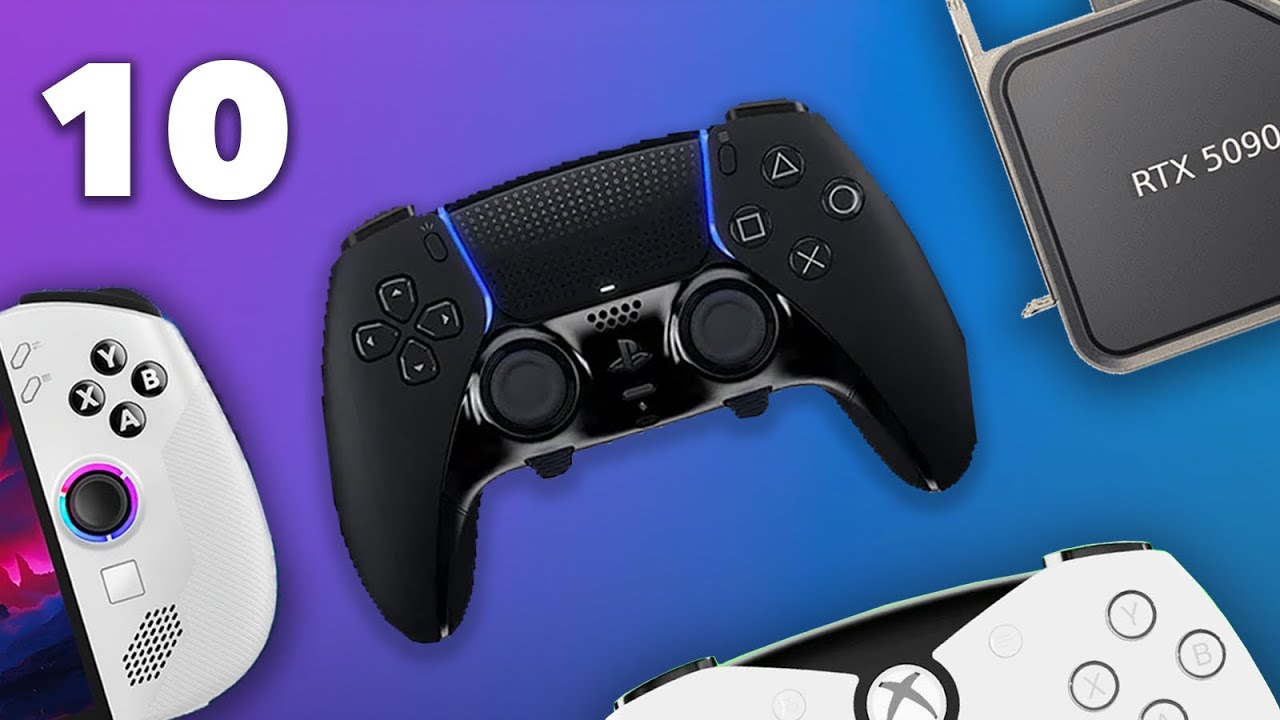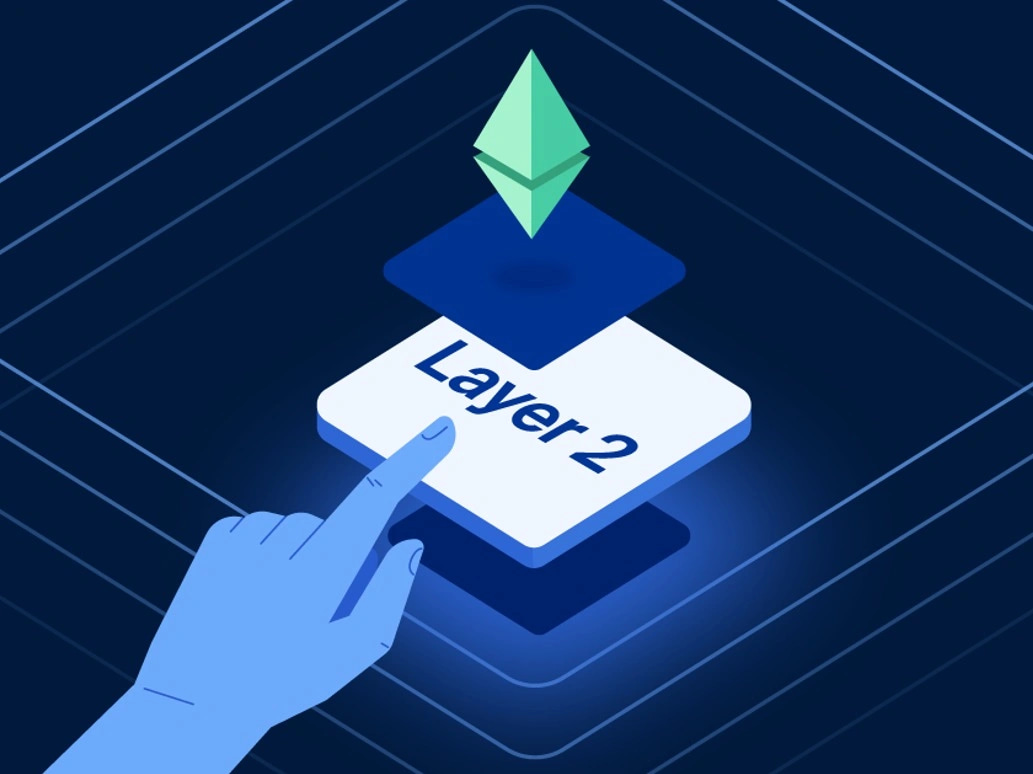Key Takeaways
- Renewable energy is becoming central to sustainable Web3 gaming, reducing environmental impact while supporting blockchain operations.
- Gaming tokens and NFT-based ecosystems are increasingly powered by clean energy sources, attracting eco-conscious players and investors.
- Venture capital in gaming is prioritizing sustainable blockchain projects, fueling innovation in play-to-earn and blockchain game models.
The Rise of Web3 Gaming and Its Energy Challenge
Web3 gaming is transforming the gaming landscape, combining blockchain technology, play-to-earn mechanics, and NFT games into a digital ecosystem where players can earn, trade, and invest in gaming tokens. However, as blockchain games expand, so does their energy footprint. Traditional proof-of-work networks, often used in early blockchain platforms, consume substantial electricity, raising concerns about sustainability.
This is where renewable energy enters the picture. By integrating solar, wind, and hydropower into blockchain operations, Web3 gaming developers are finding ways to reduce carbon emissions while maintaining high-speed, secure, and decentralized networks. Renewable energy is no longer just an environmental choice; it is becoming a competitive advantage for the next generation of blockchain games.
Play-to-Earn Meets Green Energy
Play-to-earn (P2E) models reward players with gaming tokens or NFTs for participating in a game. Popularized by titles like Axie Infinity, P2E has created new economic opportunities for players globally. Yet, the environmental impact of sustaining large blockchain networks has been a point of criticism.
Renewable energy solutions are helping P2E games maintain both scalability and sustainability. For instance, blockchain platforms powered by solar farms or wind energy can reduce the carbon footprint of minting NFTs, processing transactions, and validating gaming tokens. Players and developers alike are increasingly valuing eco-friendly projects, creating a market incentive for green Web3 gaming.
NFT Games and Sustainable Blockchain Operations
NFT games rely on blockchain technology to ensure ownership, scarcity, and transferability of in-game assets. However, minting and trading NFTs can be energy-intensive, especially on older proof-of-work blockchains. Enter eco-conscious blockchain networks and layer-2 solutions that leverage renewable energy and energy-efficient consensus mechanisms like proof-of-stake.
By adopting these methods, NFT games can offer players a sustainable gaming experience. Developers are now marketing green credentials as a differentiator, signaling to investors and the gaming community that their projects prioritize both innovation and environmental responsibility.
Venture Capital Driving Green Gaming Innovation
Venture capital in gaming has increasingly focused on projects that combine profitability with sustainability. Investors are funding blockchain games that integrate renewable energy, whether through partnerships with green energy providers or by building data centers powered by solar or wind.
This investment trend is reshaping the Web3 gaming ecosystem. Developers have more resources to implement sustainable solutions, gamers gain confidence in the environmental impact of their activities, and the blockchain industry as a whole benefits from increased legitimacy. The alignment of profitability and eco-consciousness is fueling a new wave of blockchain games that are both financially and environmentally sustainable.
The Future of Renewable-Powered Web3 Gaming
As Web3 gaming continues to evolve, renewable energy will play a pivotal role in its growth. Blockchain games, NFT ecosystems, and play-to-earn models are increasingly integrating sustainable practices to reduce carbon footprints and appeal to environmentally aware audiences.
Gamers, developers, and investors are now recognizing that the future of blockchain gaming is not just about financial rewards or technological innovation—it is also about sustainability. With renewable energy powering the next generation of Web3 gaming, the industry is positioned to thrive in an era where environmental responsibility and digital innovation go hand in hand.
Conclusion
Renewable energy is transforming the landscape of Web3 gaming by reducing environmental impact while supporting the scalability and security of blockchain games. From play-to-earn mechanics to NFT-based ecosystems, sustainable energy practices are creating a more responsible and appealing gaming experience. As venture capital continues to flow into green gaming projects, the next generation of blockchain games promises not only financial opportunities but also a cleaner, more sustainable future for digital entertainment.
Disclaimer: The information in this article is for general purposes only and does not constitute financial advice. The author’s views are personal and may not reflect the views of GameDegen.com. Before making any investment decisions, you should always conduct your own research. GameDegen.com is not responsible for any financial losses.




